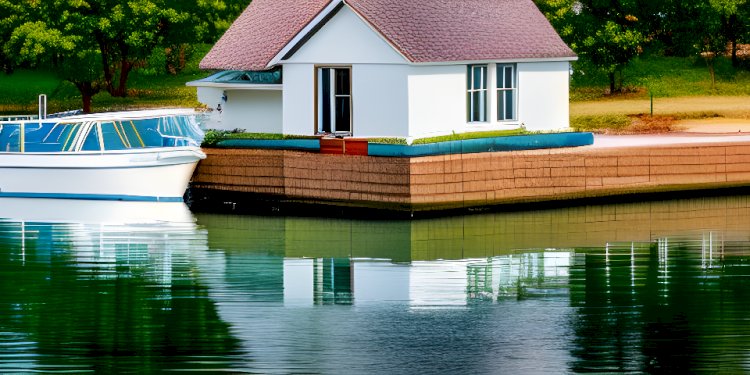Evaluate Flood Insurance: What It Costs and What It Covers

Flood insurance is a specific type of insurance coverage that protects homeowners and property owners against damages caused by flooding. It is important to note that standard homeowners or property insurance policies typically do not cover flood-related damages, so a separate flood insurance policy is necessary.
The cost of flood insurance can vary depending on several factors, including the location of the property, the flood risk in the area, the property's elevation, and the coverage limits and deductibles chosen. Properties located in high-risk flood zones are likely to have higher premiums compared to those in low or moderate-risk zones. Other factors such as the property's value, construction type, and the coverage options selected will also influence the cost.
Flood insurance policies generally provide coverage for two main aspects:
-
Building Property Coverage: This component of flood insurance protects the structure of the building and its foundation. It typically includes coverage for the electrical and plumbing systems, HVAC (heating, ventilation, and air conditioning) equipment, appliances, permanently installed carpeting, paneling, cabinets, and built-in bookcases. The coverage extends to both the structural components and the essential equipment installed within the building.
-
Contents Coverage: This component covers the personal belongings and contents within the insured property. This can include furniture, electronics, clothing, appliances, and other items that are not considered part of the building's structure. It's important to note that coverage for contents is optional, and policyholders can choose the amount of coverage they need based on the value of their belongings.
It's essential to review the specific policy details and limitations as coverage can vary between insurance providers and policy types. There are also certain exclusions and limitations on what flood insurance may cover, such as damage caused by moisture, mildew, or mold that could have been prevented by the property owner.
Flood insurance usually includes a waiting period before the coverage becomes effective, typically 30 days from the date of purchase. This waiting period is designed to discourage individuals from buying flood insurance immediately before an impending flood event.
To obtain flood insurance, property owners can contact their insurance agent or reach out to the National Flood Insurance Program (NFIP), which is a federal program that provides flood insurance through participating insurance companies.
It's important to assess the flood risk in your area and consider purchasing flood insurance even if you are not located in a high-risk zone. Flooding can occur due to various factors, including heavy rain, snowmelt, hurricanes, or other natural disasters. Understanding the cost and coverage of flood insurance can help you make informed decisions to protect your property and belongings against potential flood-related damages
What's Your Reaction?














